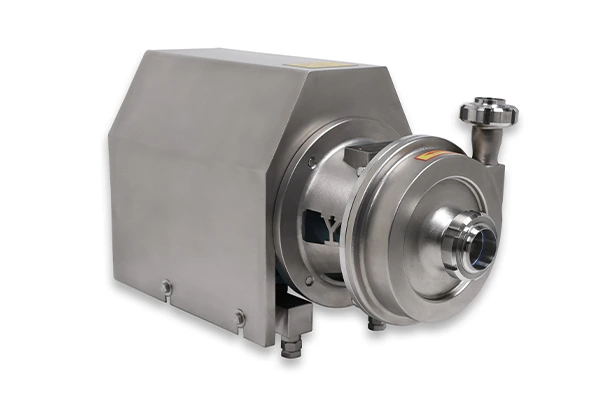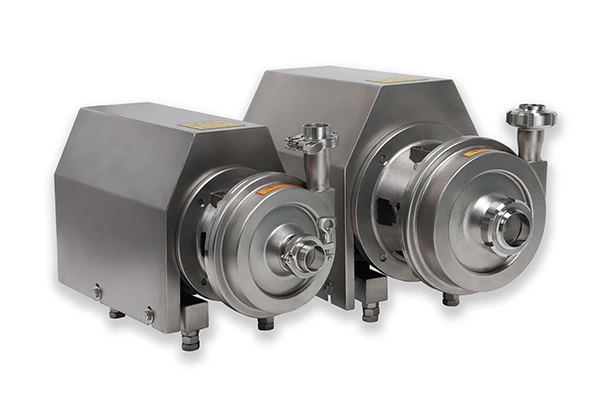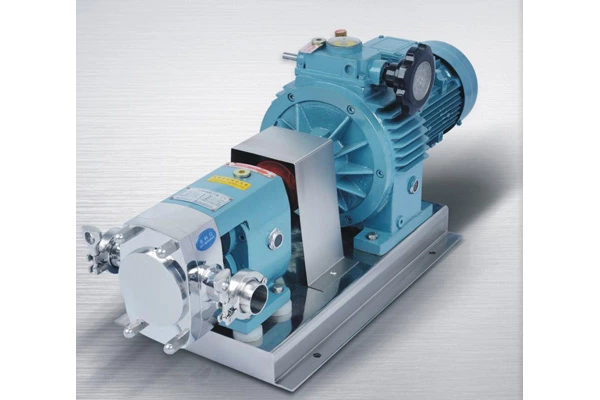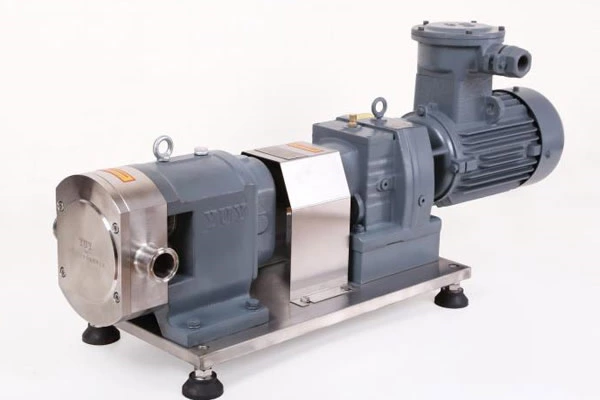Problems That Should Be Paid Attention To When Using Sanitary Centrifugal Pumps And Maintenance
Sanitary Centrifugal Pump is now more and more widely used and accepted by the public. There are many sanitary centrifugal pumps in many enterprises such as chemical, spraying, ceramics and other factories. And sanitary centrifugal pumps are the most widely used. So here I will talk about some maintenance experience of sanitary centrifugal pumps. I hope it will be helpful to the majority of equipment maintenance personnel. And I hope this article will play a role in throwing bricks and jade. Let everyone discuss and improve together.
Common problems: 1. The pump is weak and the pumping speed slows down. This phenomenon generally has the following situations,
First, the air source pressure is reduced. First, look at the pressure of the air inlet pressure gauge. The pressure value is normal at 4 to 7 kg. Then check the opening position of the air source valve. If the air source is opened and closed with a solenoid valve, check whether the plastic valve piece of the solenoid valve is damaged, resulting in the plastic valve piece cannot be fully opened.
Second, the muffler is blocked, and the air cannot be discharged quickly, resulting in a slowdown in the pumping speed.
Third, there is too much water or impurities in the compressed air. After entering the sanitary centrifugal pump air distribution valve, the air inlet hole is blocked, or the air distribution valve core is stuck. Fourth, the upper and lower end covers of the air distribution valve are damaged and leaking due to the impact of the valve core for a long time. Fifth, the four sealing rings of the central axis inside the pump are worn and gas is mixed.
2. The flow rate is reduced. This phenomenon generally has the following situations:
First, the inlet and outlet check valves (plastic balls) are worn and reduced. Or there are strips and large particles stuck in the plastic ball. It causes the liquid to be backflowed at the discharge port during suction, and the material is pressed back from the feed port during discharge.
Second, the diaphragm is stretched and deformed for a long time, resulting in a smaller volume of the material cavity. Third, the black, thick layer of the diaphragm is damaged. It cannot move in place when driven by the central axis.
3. The pump does not move. There may be several situations for this phenomenon. One is that the valve core is severely worn and stuck. Second, the sleeve of the central axis is worn. At this time, the copper sleeve should be replaced. Third, the screws at both ends of the central axis fall off. Fourth, both layers of the diaphragm are broken. Fifth, the sanitary centrifugal pump is inverted or laid flat. The valve core cannot return to its original position (first and second generation)
4. There are impurities or oil stains in the material. This is generally caused by a ruptured diaphragm.
5. Inlet and outlet leakage. One is that the screw is not tightened, the second is that the ball seat is deformed or the O-ring is damaged, and the third is that the pump housing at both ends is not aligned with the upper hole position and is tilted, resulting in the two outlets or feed ports not being on the same plane.











